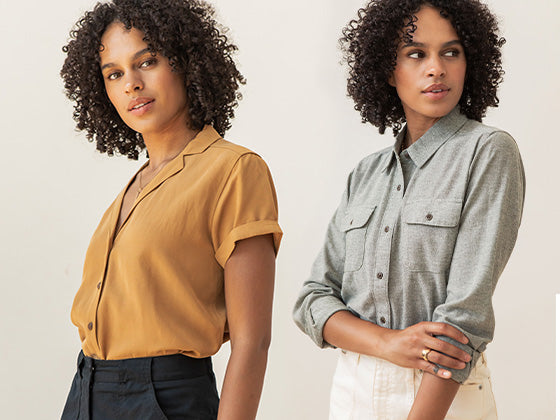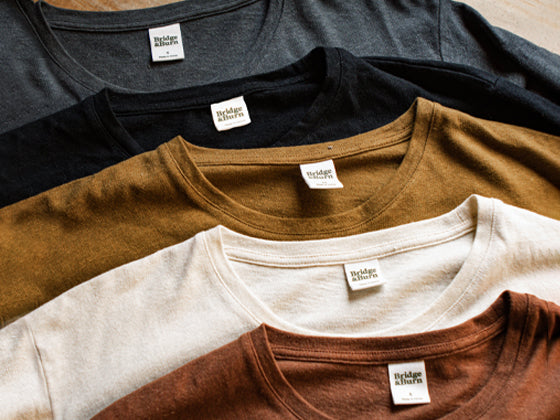Men's Fit Guides
The measurements on our size chart are reflective of the body size that we intend for the garment to fit. That said, every body is different. If you are between sizes, or your measurements are split between multiple sizes, there are a few things to consider. In the broadest terms, we recommend choosing the size closest to your body measurements. If you are right on the edge between sizes, size up or down based on your preferred fit and how you intend to wear the garment. If you like things a little slimmer, size down. If you like layering, size up. In situations where your measurements are split between sizes, we recommend fitting to the largest part of your body. You can always have a garment tailored down. If you need more help with sizing or additional measurements please email us and we are happy to help!
How To Measure Yourself

Neck: Measure around the base of your neck.
Chest: Measure around the largest part of your chest, keeping the tape snug but loose enough that you can comfortably take a deep breath.
Waist: Measure around your natural waistline (where your body creases when you bend to the side), keeping the tape snug but loose enough that you can comfortably take a deep breath.
Hip: Measure around the largest part of your hips.
Arm Length: Put your hand on your hip so that your arm is angled. Measure from the center back of your neck to the tip of your shoulder, then continue to your elbow and down to your wrist. You may want a friend's help!
How To Measure Your Garments

Smooth out the garment on a flat surface before measuring (but don't stretch it). All garment measurements are taken flat, so you will need to double them where necessary when comparing them to your body measurements. All measurements are approximate and will vary slightly due to the handmade nature of clothing and differences in measuring. The best way to use garment measurements is to compare them to your favorite pieces you already own.
Men's Shirt Fits

Men's Pant Fits









